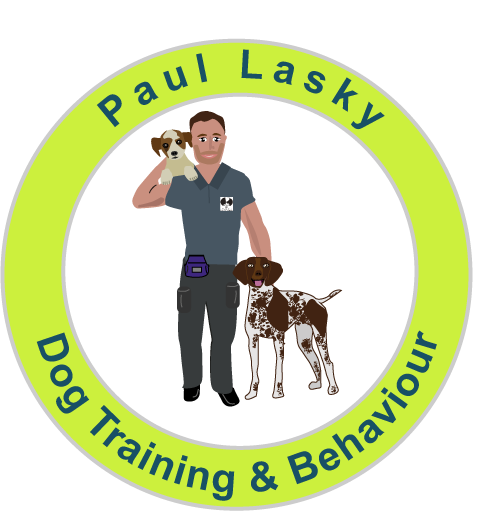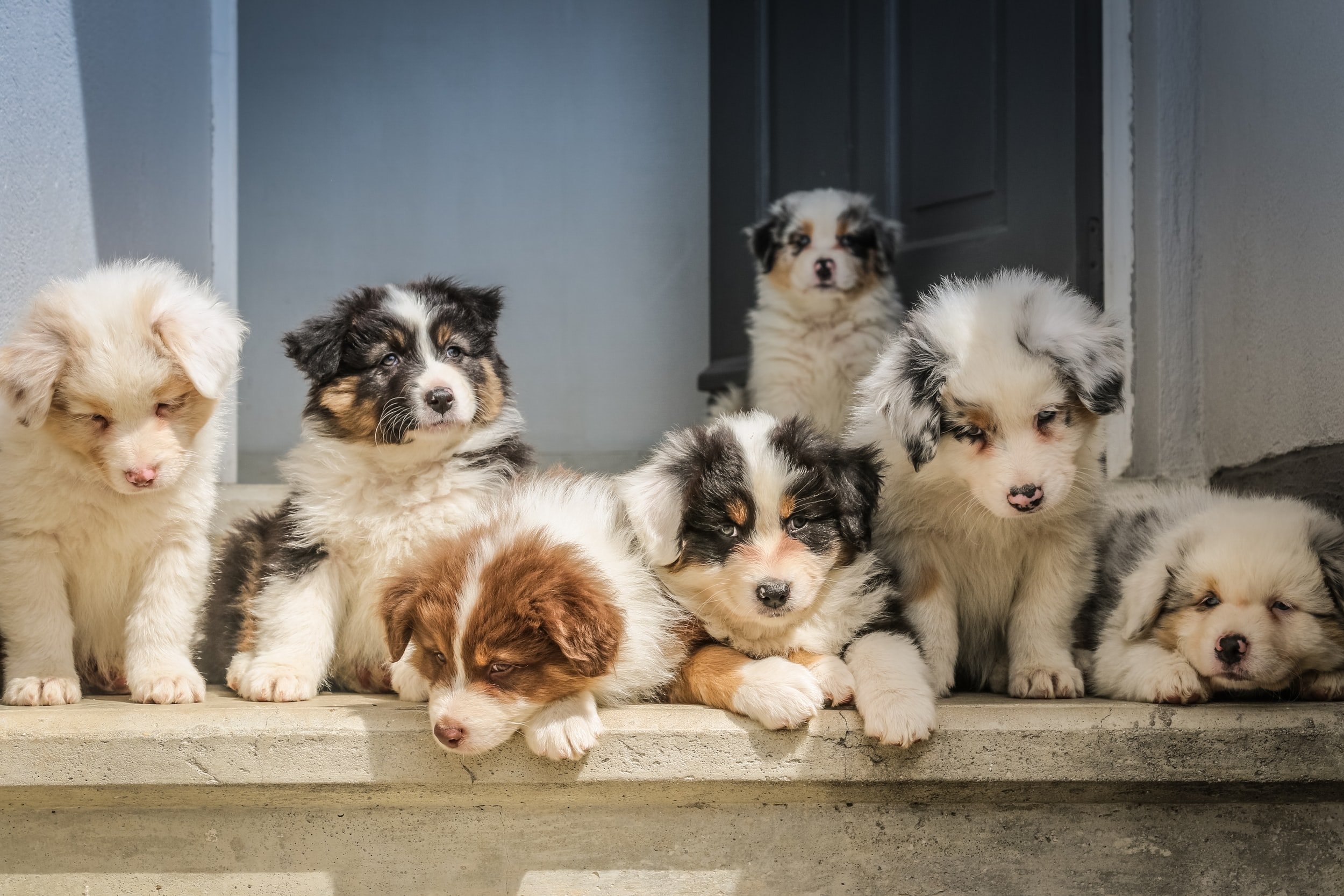Choosing a Dog? Welcome to the Canine Casino.
Roll up, roll up. Place your bets. You want to get a dog and you have arrived at the canine casino. We have everything you could ever need. The pedigree table, the home-bred table, the farm-bred table, the UK rescue table, the puppy farm table, the foreign rescue table, the Gumtree table and just about every other table you could imagine.
You decide what you think you need. A nice dog that's good with other dogs and going to be good with the kids. Maybe you need a dog that will come to the stables with you or travel in the van with you, on your days at work. Maybe you want a dog that is hypoallergenic or going to be an assistance or therapy dog.
In you walk through the door of the canine casino. You have uncle Dave's Cockapoo breeder who Dave has had 3 from and they've all been amazing. Your neighbour’s sister has a litter of German Shepherd puppies and you've always wanted a German Shepherd. You saw a rescue organisation advert on the television and think it would be lovely to give something back. Your manager has just accidentally mated his Cocker Spaniel with his neighbours Cockapoo. That would make a litter of Cockapoos, right?
There is a saying. "It's not the dog, it's the owners". Well, that is not strictly true. It's actually the canine casino. With the best laid plans and intentions, a dog can still have behavioural challenges or not be a fit for the initial requirements of the owner.
Let's take some examples.
We will start with the most obvious. A rescue from a foreign country. The dog is never viewed or met. A brief description, a few internet pictures and the dog is delivered to the house. Quite clearly this is, in theory, the biggest canine lottery ticket. That said, I've worked with many lovely dogs from this background. I've also worked with dogs with very serious challenges.
A home-bred cross between two friendly dogs. One is a Cockapoo and the other is a Cocker Spaniel. Acquired on the assumption it will be more or less a Cockapoo. Incorrect. This is user error and crudely speaking, some of the puppies could be up to three quarters Cocker Spaniel. With the genetic odds skewed towards Cocker there is still the matter of gene shuffling when the sperm meets the egg. 4 of the puppies do indeed turn out like Cockapoos, which is success for those owners who were looking for a pet dog.
But the other two turn out like working Cocker Spaniels as it comes to light later, dad was a working Cocker. The two working Cocker Spaniel types end up in busy homes where most of the people are working all day. They become bored and suspicious of this domestic sedentary life and develop neurosis and subsequent behavioural issues. This is a mismatch on the initial pet house dog requirements of the household. But the other 4 homes have lovely house dogs. Who’s right and who’s wrong? No one, the canine casino strikes again.
Looking at the two above examples, they are poles apart in terms of origin of dog. Even the biggest uninformed decisions can work out well and the best intended educated decisions can work out challenging.
So here are my top tips:
Research the breed.
And I don't mean research what the breed looks like or what Wikipedia says about it. Breed summaries from the internet and even books, can be notoriously vague and generic. Talk to a trainer, go and meet some, if possible, talk to other owners about what puppyhood is like in that particular breed. What was the original function of the breed? The classic example for me is Cockapoos. Cocker Spaniels are working gun dogs. If you get the wrong gene mix you could end up with a working dog in your house. Even if the mix is with show Cocker, they can still be very lively. I often recommend Cavapoos because Cavaliers can be more laid back. That said, I have even worked with Cavaliers and Cavapoos that have been as lively as working dogs, one even had to be rehomed. Yes, you guessed it folks, the canine casino strikes again.
What is the workload capacity of the household?
During my time rehoming dogs, my biggest criteria above all else was workload. I would say to clients “how much work can you actually take on?”. As a crude example, there is a huge difference between walking an adolescent pug with a pram and an adolescent German Shepherd with a pram. If you work from home, do you take much time off from your work. Again, it may sound like a good idea to get a working Collie when you work from home, but if you are tied to the computer all day, is that any different to being out all day? What if the dog is attention seeking, do you know how to respond? The same goes for night workers. You are home all day, as you at work all night. But when do you sleep and how will the dog fit in with that, if the dog has already been sleeping all night when you have been out at work and doesn’t want to sleep?
Are there other dogs or pets at home?
How would they feel about a new puppy in the home? What if you had to walk the dogs separately as they are currently mismatched in a variety of ways. Would you have the time to do 2 walks instead of 1? What if the existing dog is distressed by the new dog, do you have the time and space to manage them? Are you working 5 days per week? If so, do you have a support network of baby sitters and day cares? If so, you will need to choose a dog that can accept many different handlers, which could rule out some more fearful dogs.
Where will you be in 10 years? Are you planning children?
If so, do you know the rescue dog’s history with children? It is no good valiantly rescuing the most fearful or aggressive dog in the centre, if you are planning children in 2 years’ time. There is no guarantee the dog will be more confident by then.
Meet mum and dad if possible. Check they are friendly.
If they are barking at you this is significant. They can pass this to the puppies. Look for any indications of fear-based behaviours. This is significant because fear is the number 1 cause of behavioural issues, including aggression. As the puppy grows, alarm barking can be replaced with growling, snapping and lunging. This is the entire reason you are looking for a well-mannered mum and dad and a diligent breeder who cares about what they are sending out in to the world. If the breeder has bred from unfriendly parents, chances are they have made other mistakes too.
Have a read of the contract supplied by the breeder.
It should include a take back clause. Any decent breeder will want a puppy back if something doesn’t work out. If they care about what happens to their puppies, they are more likely to try and breed decent ones in the first place. Find a community or enthusiast groups on Facebook groups for your chosen breed, they will be able to signpost you to the fit and proper breeders.
Is the breeder being diligent about where their puppies go to?
Are they asking questions? Do they seem fussy and in control of the process? This is a good sign as it means they care about what they are producing in the first place.
Ask the breeder what puppy socialisation has been followed so far. Ask them if they follow a puppy plan.
When you view the puppies give a visual assessment of what every day things the puppies have been exposed to at a young age. TVs, washing machines for example. Puppies who grow up in a confined or sterile room such as a shed with little exposure to human things, may already be behind on socialisation by the time you take them home at 8 weeks and you could have fear behaviours on their way to you in the future.
Ask for evidence of health checks
Or inform the breeder that the puppy will be having a health check within 48 hours of taking the puppy. If there is a problem, it has only a reasonably short amount of time and a conversation can still be had with the breeder.
Go and have a chat with a rehoming officer at Dogs Trust, Battersea or Blue Cross
They will be a font of free information on what type of dog would fit your situation. They profile and match dogs to owners for a living and want the best for you. Even if you don’t get a rescue, it is a valuable experience.
If you are looking for a rescue
Gravitate towards rescues that go through a matching process with you and seem diligent in this respect. If you are simply handed a dog with no questions and little matching process, ask yourself how can anyone be sure if this dog is safe or going to be a fit for your home.
If you are first time owner
Borrow a dog from a friend for a few days. Experience the day to day bind and grind of being a dog owner, then adjust your requirements based on that learning experience.
Don’t be put off by the term “toy” dog or the breed groups utility or non-sporting
These categories are a good place to look for breeds that were specifically created to be house pets. Toy doesn’t need to mean handbag dog. A toy dog can be a “real dog”. As above, I have worked with very lively Cavaliers. I have even worked with really fit and clever French Bull Dogs and Shih Tzus who are highly trainable! Toy doesn’t need to mean small dog either. Take a look at the Tibetan Terriers for example who are a nice sturdy size for a small dog.
Be aware how challenging large breed adolescence can be
Large breed adolescence can last from 6 months to well over 2 years old before the dog calms down. If a dog is 30kg+, the challenge of this period can be magnified to the point of considering rehoming a dog. Statically the highest demographic of dog to end up in rescue, is adolescent males up to about 2 years old. Focus this on large breeds and the probability of rehoming is even higher. Avoid talking to yourself in vague statements such as “I want a proper dog”. Talk in facts about what you actually need to fit in with your life and your chances of a positive and successful experience will be much higher.
If you have a particularly sedentary life style or are looking for a low energy dog, please do not rule out Greyhounds.
They generally like to rest at home and walk nicely on a lead, although yes you guessed it, I have worked with some absolute Greyhound powerhouses. Please note, not all lurchers are as laid back as Greyhounds, because they are Greyhounds crossed with working breeds. This makes lurchers behaviour much more variable and they can be VERY lively. Common lively ones would include Collie Lurchers, terrier and bull breed Lurchers. Whereas, Deerhound or Wolfhound crosses can be more laid back. Again, it all comes down to knowing what you are getting yourself into.
If you have any questions on any of this, please feel free to contact me. I look forward to helping you.



